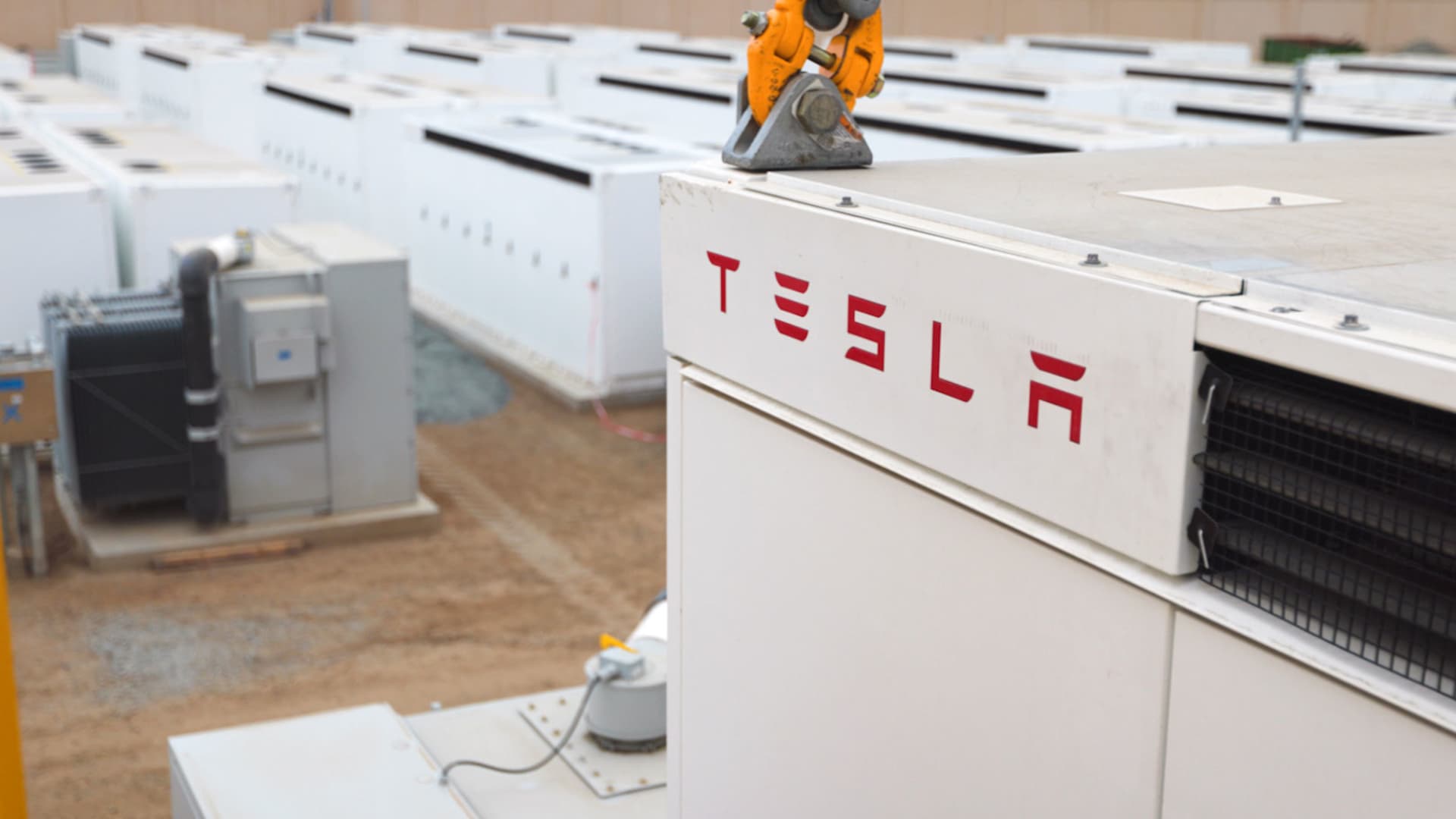The last 3 months have demonstrated a surge in solar installations in India. If this rate continues, coal-fired power could peak in 2024 and this increased solar generation could satisfy India’s increasing thirst for energy.
After a dip in 2020 due to COVID, solar installations have quadrupled in the last three months — from a previous average of 665 MW per month pre-COVID, to 411 MW during COVID, then to an average of 1508 MW per month for the last quarter (June–August 2021). If this installation rate continues, solar capacity would reach 109 gigawatts (GW) by March 2024. This would be more than adequate to meet India’s historic growth rate of 5.7%.
As in Australia, adjustments will have to be made to support the rise in solar and the decline of coal as a source of electricity – grid-scale batteries would need to be installed and deployed to meet peak supply and peak demand. Peak and off-peak pricing structures could be used to encourage industry and the average citizen to use power in a way that supports greater inputs of renewables.
“What the last few months clearly demonstrate, however, is India’s ability to now accelerate the installation of grid-scale solar fast enough to cap coal-fired power before the middle of the decade and potentially to see a gradual coal generation decline from that point on,” IEEFA reports.
With an acceleration of rooftop installations, completion of hydro projects already under construction, and more wind farms, the decline of thermal coal power might be even more dramatic.
Al Gore’s advice to Australia on a recent visit was: “Good luck selling coal to India.” That’s starting to make a lot of sense.
Appreciate CleanTechnica’s originality? Consider becoming a CleanTechnica Member, Supporter, Technician, or Ambassador — or a patron on Patreon.



